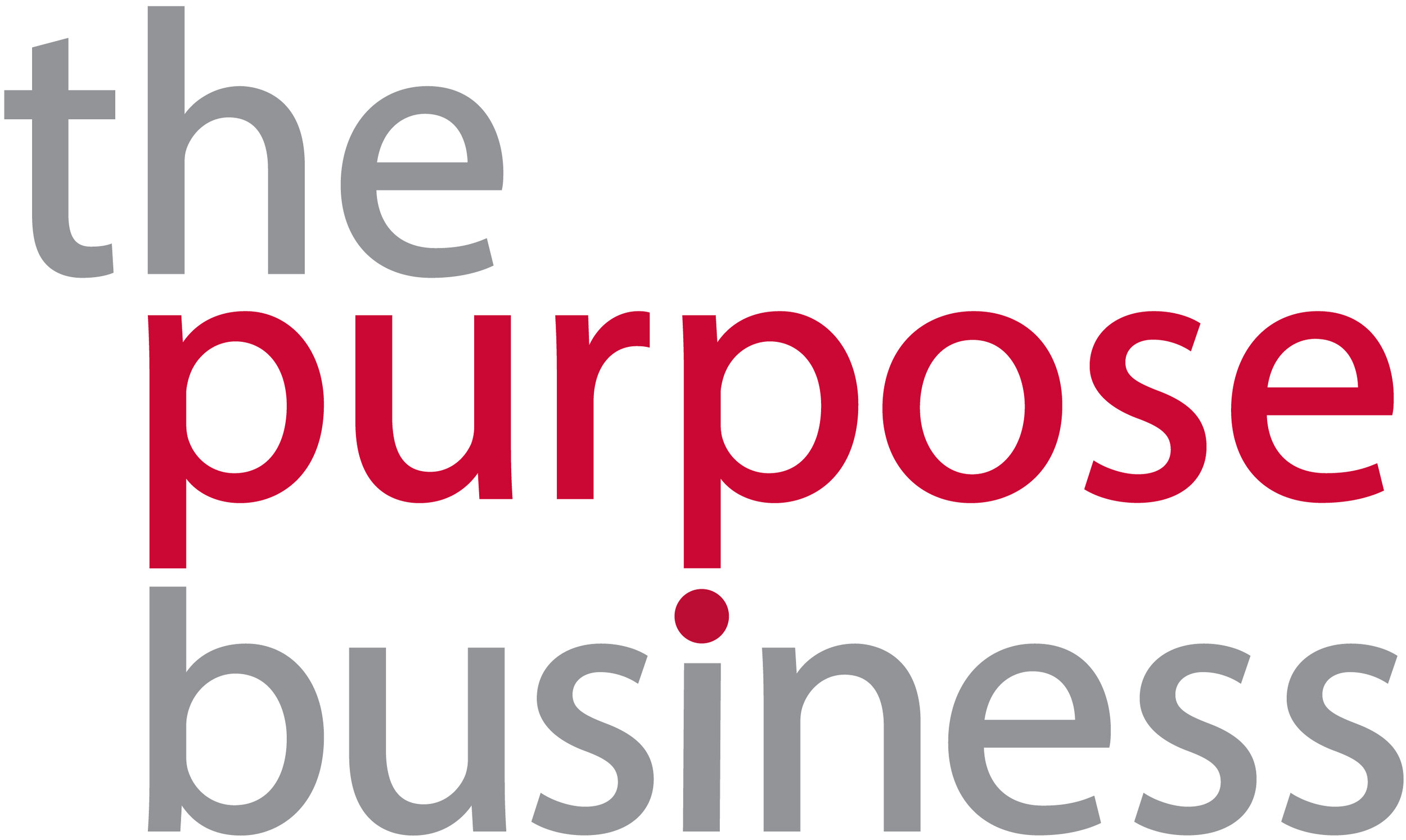Don’t just tell me, talk to me. Better yet, engage me!
Pat Dwyer and Erika Leung Rodriguez introduce the links between sustainability, investors’ behaviour and materiality.
What investors really, really want?
Many (still) ask whether investors truly care about environmental, social and governance (ESG) performance. Trends show that there has been an increase in adoption of ESG information through CDP or the Bloomberg ESG Portal. Starting next month, CDP will launch the findings of their questionnaires and the much awaited results of their annual CDP Climate Change Leadership and Performance Indices. Plenty of research demonstrates how investors use these CDP findings in investment decisions, such as “Linking Climate Engagement to Financial Performance: An Investor’s Perspective” and “Investing in a Time of Climate Change”.
Yet, when investors consume the ESG meal, they continue to be dissatisfied with the information they obtain from indices such as the DJSI, FTSE4Good, Oekom Corporate Ratings , Bloomberg ESG data or the MSCI ESG Research;and corporate sustainability reporting in general. According to a PWC study, “investors want to be included in the sustainability dialogue.” The study also found, that more than half the investors they polled were dissatisfied with, to name a few, “the process used to identify material sustainability issues, sustainability strategy that is linked to business strategy, and how risks and opportunities are identified and quantified in financial terms”.
Look to Asia
Asia is one of the fastest growing regions for sustainability engagement. Stakeholders are increasingly expecting Asian companies to go beyond the bare minimum. Companies who are in the relatively early stages of moving beyond compliance need not be overwhelmed, as the GRI G4 Reporting Guidelines provide a framework for reporting and engaging stakeholders on material sustainability issues.
Moreover, international sustainability reporting organisations, such as CDP and GRI, have tuned into this trend and are offering more support to the region. Companies should take advantage of this support to access best practices and leapfrog their sustainability efforts.
Teresa Fogelberg, GRI’s Deputy Chief Executive, expounds on GRI’s work in Asia to “focus on building sustainability reporting capacity, supply chains, anti- corruption, climate change and human rights”. The GRI believes these will help Asian organisations gain a competitive edge in local and global markets. They will continue engaging with businesses and stock exchanges in Hong Kong, Taiwan, Singapore, and China; prioritising efforts in Vietnam, Indonesia, and the Philippines.
Engage!
So, don’t just tell investors about your ESG work. Talk to them. The best way to get them to care is to engage them through a multi-layered approach.
Using sustainability ratings are good but they are not enough. Companies must first identify who their primary stakeholders are. If they include investors — particularly institutional investors – think about how you can bring them into discussing critical and material sustainability issues? It may be a conversation around risk – whether they are looking for short term or longer term returns. From there, companies can determine which sustainability frameworks and engagement methods are appropriate.
A majority of publicly-traded companies will find the most efficient investor engagement strategy to be a mix of sustainability ratings, reporting and direct engagement with key stakeholders.
Stay tuned for the next article in this series on “materiality” – spotting the issues that are of relative importance and significance to your business – and the way it impacts your stakeholders.










